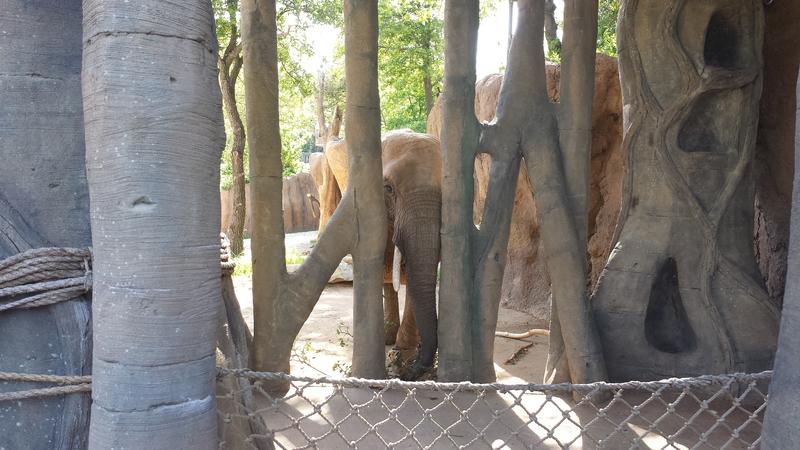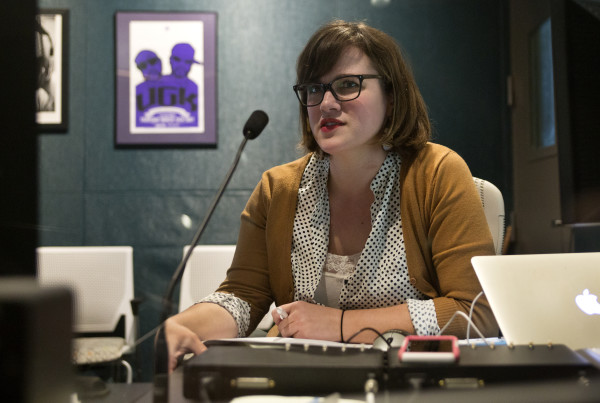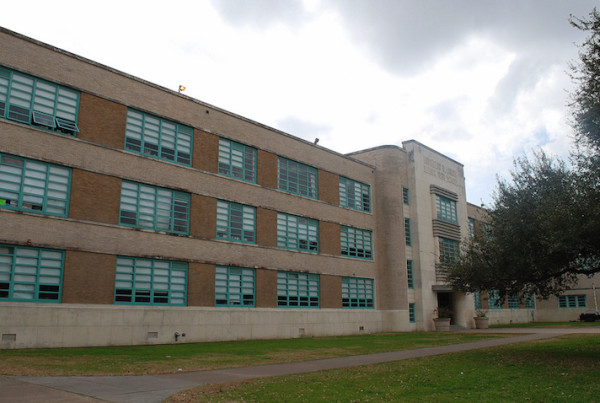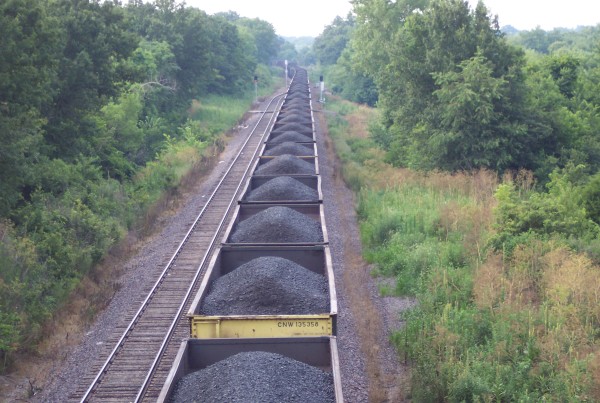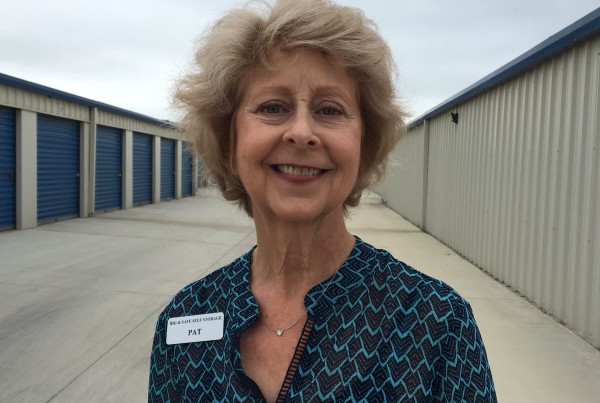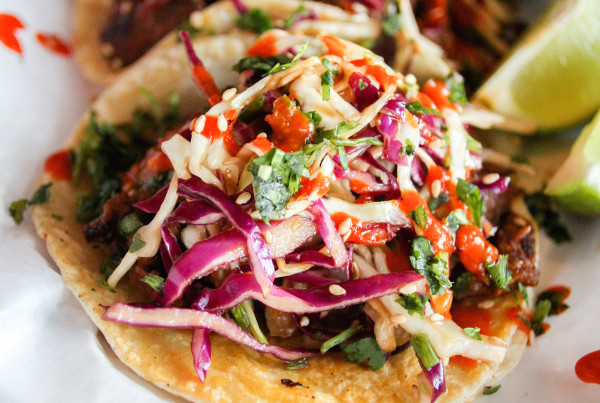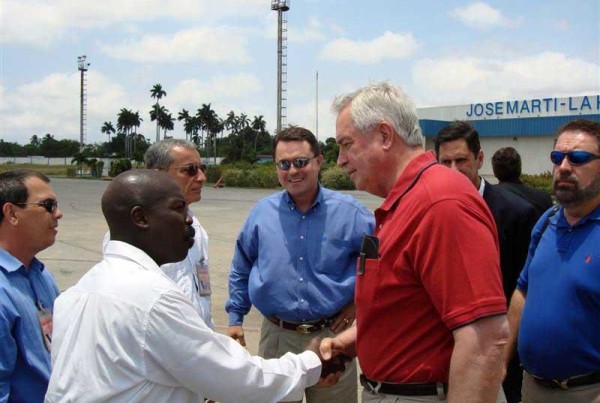This story originally appeared on KERA News.
How exactly do you move a bunch of elephants from Africa to the Dallas Zoo? First, you have to sedate them and place them in custom-built crates. Then you load them onto a specially-designed 747 and fly them to Fort Worth’s Alliance Airport. Finally, you have a SWAT convoy escort them on 18-wheelers.
Dallas Zoo President Gregg Hudson said the elephants are getting used to their new home.
“They’ve bonded very quickly with their keepers,” he said. “We’ve been careful about making sure that we get their diets regulated. But they’ve gotten their energy back, they’re gaining weight. Most of them have put on 100 pounds already, and we’re excited to get them down and integrated into Giants of the Savanna.”
Zoo staff will spend the next month introducing the new elephants to the Savanna habitat. Mililo, Zola, Amahle, Nolwazi and Tendaji will be transitioning from their 15,000-acre reserve in Swaziland to just six acres at the zoo. They’ll also need to meet and get along with the four elephants already here — nicknamed the Golden Girls.
“Just like people they’ve all got different personalities. These animals are so smart, and so intuitive, and they really will tell you when things aren’t going well and when they’re not comfortable with the situation,” Hudson said.
First, the elephants will smell each other, hear each other and get a sense of each other in separate pens. If that goes well, they’ll get to hang out in the same space. Throughout this slow process, keepers will observe and monitor their behaviors around the clock.
“The great thing about Giants of the Savanna is that it’s got so much flexibility with multiple habitats, so we can actually manage three or four different kinds of groups within the exhibit itself,” Hudson said. “Do different pairings and mix up the combinations of the elephants.”
The Dallas Zoo elephants are among 17 that were imported from Africa last month. The others were sent to zoos in Wichita, Kansas, and Omaha. U.S. Fish and Wildlife approved the import in January, which was part of a conservation project that sought to save 18 elephants from worsening drought conditions in Swaziland. One of them died before the trip from gastrointestinal issues.
Officials in Swaziland say there isn’t enough food and water for the elephants, and that the animals are actually overcrowding and depleting resources needed by endangered rhinos. Compounded with aggressive poaching in nearby countries, Africa has become unsafe for elephants, officials say. If the 17 elephants weren’t imported, they would have been culled.
“A large group of elephant experts said ‘this is a mistake; we shouldn’t do it;’ elephants have very complex lives and there are other places that they could be moved in South Africa,” said Susan Oakey, who’s with Animal Connection of Texas and has organized protests against the import. “But the zoos wanted to make money and baby elephants sell tickets.”
The zoo said there was no financial incentive for the elephant import, and that it’s about conservation and animal welfare.


